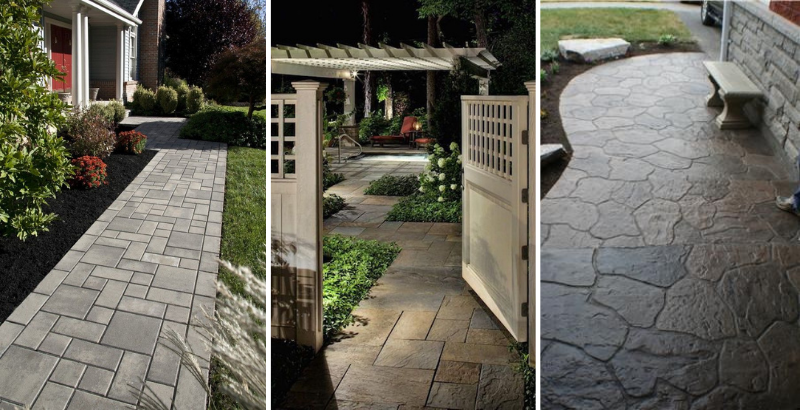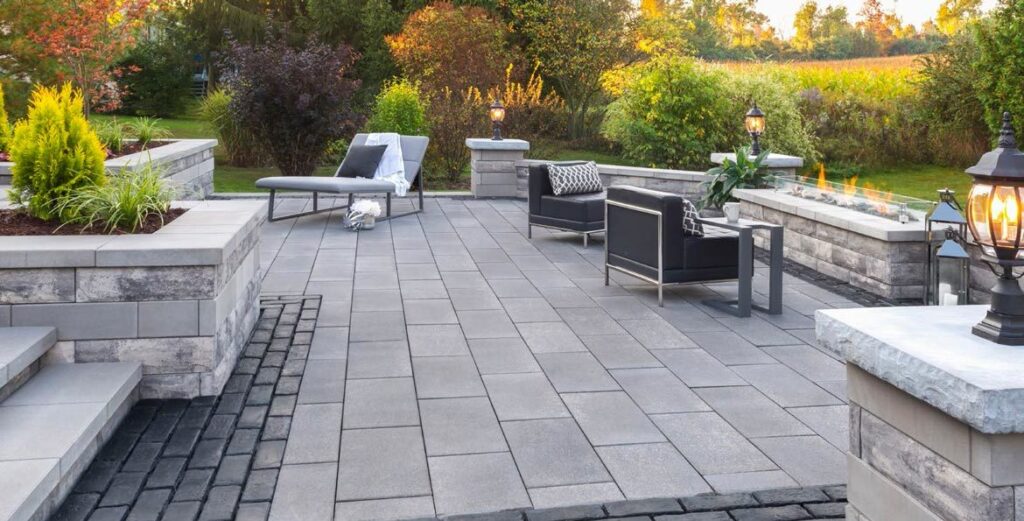
We Are Masonry Experts
Repairing masonry is not something that homeowners can do themselves. It is a good idea to hire a professional company like KV Home Improvement to assess your home, and to carry out simple or complex masonry and restoration projects. We install and repair walkways, steps, driveways, foundations, retaining walls, chimneys, and pavers.
Whether you need to rebuild a stonework structure, repair a crack in a foundation, or want to update the façade of your New Jersey commercial or residential property, KV Home Improvement provides quality masonry services you can trust.
KV Home Improvement provides exceptional quality masonry and concrete construction services to New Jersey's commercial and residential clients, offering a highly skilled crew of experienced craftsmen specializing in:
- Masonry Construction
- Masonry Repair
- Concrete Construction
- Retaining wall – Installation and Repair
- Exterior and Interior Finishes and Flooring
- Fireplaces and Surrounds
- Pillars, Columns, and Arches
- Basement foundation restoration
- Historic Masonry Restoration
- Masonry Maintenance
- Concrete Repair
- Driveway Entrance Walls
- Stone and Brick Pointing
- Basement Wall Resurfacing
- And much more!

Have you been thinking about having a beautiful new patio installed to expand your outdoor living space?
KV Home Improvement works with stone, brick, tuckpointing, and more to provide your outdoor living space with alluring curb appeal! We can add a retaining wall, walkway or an outdoor fireplace to complete the perfect space for your New Jersey home.


Most Asked Question.
Thin brick is actually a regular brick that has been cut down to a thickness of approximately 3/4 of an inch give or take. Some manufacturers actually produce thin brick by making molds and then pouring a mixture of materials that are later set into a kiln to dry for a period of time. Thin brick is light in comparison to regular brick and is about one quarter the weight of a regular brick. With this lightweight advantage thin brick can be installed in numerous places where regular brick can not. Regular brick requires some type of footing or support to be constructed on and is typically used outside of a home or commercial building. Regular brick is more durable in comparison to thin brick simply because it is thicker.
Brick Pavers are made out of a mixture of either clay or shale. All bricks are not intended to be used as pavers. When selecting a brick paver it should have a SW label on the packaging or at some location on the brick paver itself. Some manufacturers actually mold the SW symbol into the brick so that would be a good place to look. This label stands for Sever Weather and insures that the brick paver can with stand harsh weather such as snow or ice build up. Brick pavers are strong and have a large selection of colors to choose from for any outdoor project. Concrete pavers are made out specially formulated mixture of cement and aggregate. Concrete pavers have great interlocking capability and can be used in some cases where regular brick pavers can not. Concrete pavers have a very high Compressive Strength which makes them excellent for driveways, walkways, or patios. Concrete pavers also have a very large selection of colors to choose from.
In fireplace construction the only type of brick that should be used is a fire rated brick. There is a big difference between fire brick and regular brick. Regular brick is made up of clays and shale that are molded and manufactured and are produced to withstand small amounts of heat. Fire brick is made up of fire clay and other ingredients to withstand large amounts of heat that allow the heat to be radiated into the area it faces. Refractory mortar or a specially formulated mixture of mortar and fire clay should be used when constructing the fire box of the fireplace.
Re-pointing is the process of cutting out old mortar to a uniform depth, and placing new mortar in the joint to restore it to its original state. Tuck-pointing is a very common technique used by masons in restoration work of older buildings. In some cases Re-pointing can not be used and may require a mason to rebuild a section or the entire project.
